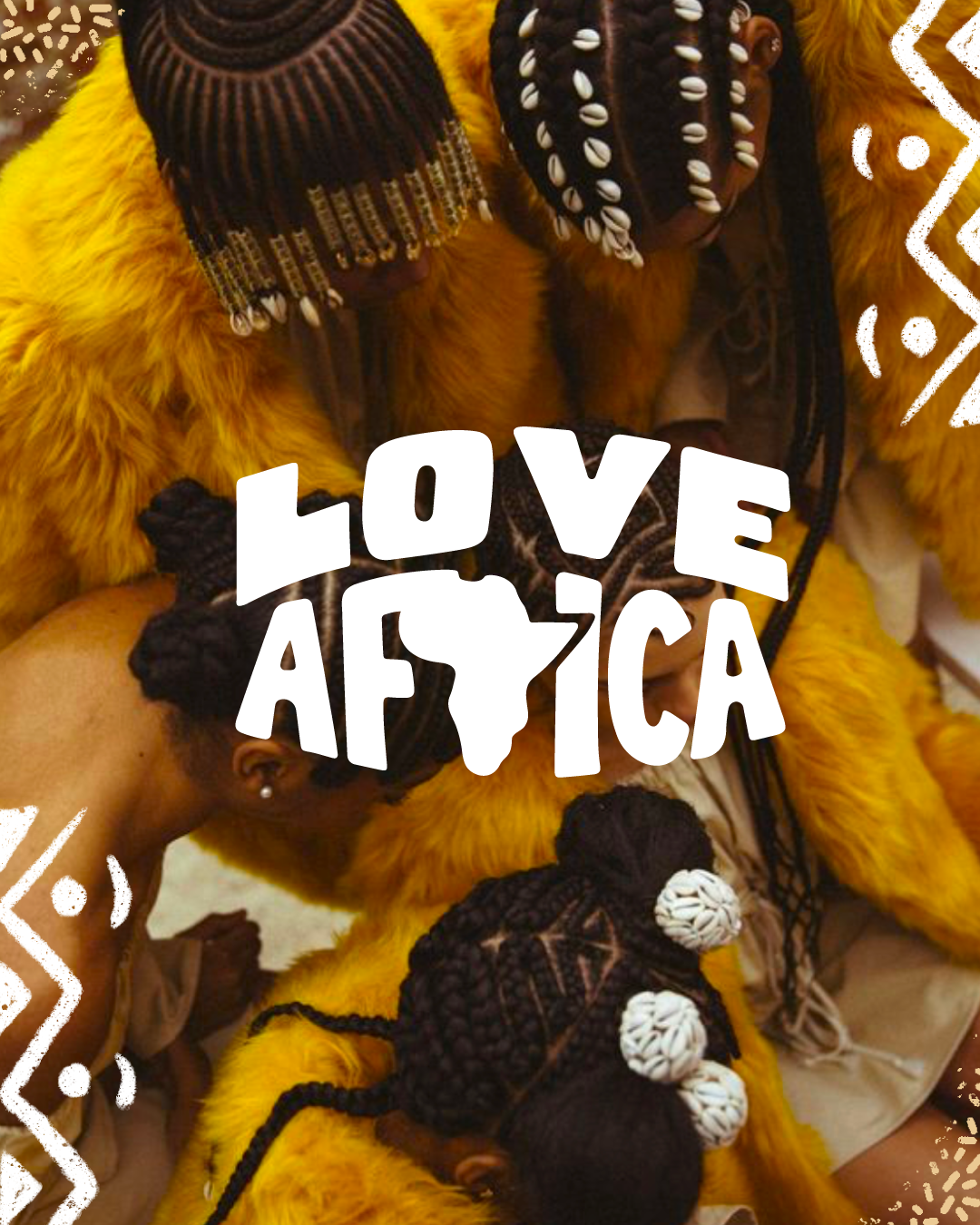How patterns and prints are made in Africa?
African textiles are not just fabric; they’re a vibrant, visual language of culture, storytelling, and heritage. From bold wax prints to intricately woven patterns, African designs are crafted with deep-rooted meanings, unique techniques, and a legacy that transcends fashion.
The Origins of African Prints
The vibrant prints commonly associated with African fashion today, like Ankara and Kente, have histories that stretch back centuries. Patterns and symbols in African textiles often represent proverbs, historical events, or personal stories. For example, Kente cloth, traditionally woven by the Akan people in Ghana, showcases symbolic designs where each color and pattern holds a specific meaning. Meanwhile, the geometric motifs in Mali’s mudcloth, or “Bògòlanfini,” carry messages about social status, gender, and character.
Techniques Rooted in Tradition
African prints are produced through both hand and machine methods. Hand-dyeing techniques, like those used in the Adire cloth of Nigeria, use indigo dye with tie-and-dye methods to create captivating patterns. Meanwhile, mud-dyeing, or using natural clay and plant-based dyes, is a method found across West Africa, where artisans apply designs using sticks or brushes.
Wax prints, popular across Africa today, have their own story. Though originally inspired by Indonesian batik, African wax prints became unique through the integration of bold, distinctive African patterns, combining locally meaningful symbols with high-contrast color schemes. The cloth is coated in wax before dyeing, resulting in vibrant patterns that resist fading, even with frequent wear.



Modern African Prints: A Fusion of Heritage and Innovation
Today, African prints are evolving with new colors and designs inspired by modern trends. Local artisans continue to explore traditional methods, while contemporary designers experiment with digital tools to create new prints. This fusion of heritage and innovation is capturing attention worldwide, with African-inspired prints influencing global fashion and textiles.
African patterns and prints tell stories that remain alive on every fabric, preserving the connection between the past, present, and future of African art. Each print, whether handmade or machine-produced, is a testament to the continent’s creativity, resilience, and cultural pride.
















